New analysis of the EU reporting landscape 2011-2024 exposes legal certainty issues
In recent years, the landscape of tax reporting has undergone a profound transformation driven by technological advancements and regulatory initiatives. The integration of digital tools and the emergence of Big Data have revolutionized how tax authorities gather, analyze, and utilize information. The reporting burden on companies has significantly increased, and the rules often give rise to difficult assessment issues for both businesses and tax authorities. Concerns over legal certainty—particularly predictability, proportionality, and objectivity—have emerged as crucial considerations.
The EU tax landscape consists of a large amount of data and complex rules. The purpose of information gathering through various tax regulations is often well-intentioned—to combat tax evasion and various forms of tax avoidance. Since 2011, several reporting requirements related to taxation and accounting have been implemented at the EU level. Many of these initiatives are rooted in the OECD’s BEPS (Base Erosion and Profit Shifting) work, which began around 2011/2012. In addition to the implemented rules, proposals for even more reporting requirements have been put forward, and additional ones may be proposed in the future. To gain a comprehensive perspective on the reporting requirements that have been implemented in recent years in the tax field, we have mapped all relevant initiatives presented on the EU level since 2011 (find the presentation here).
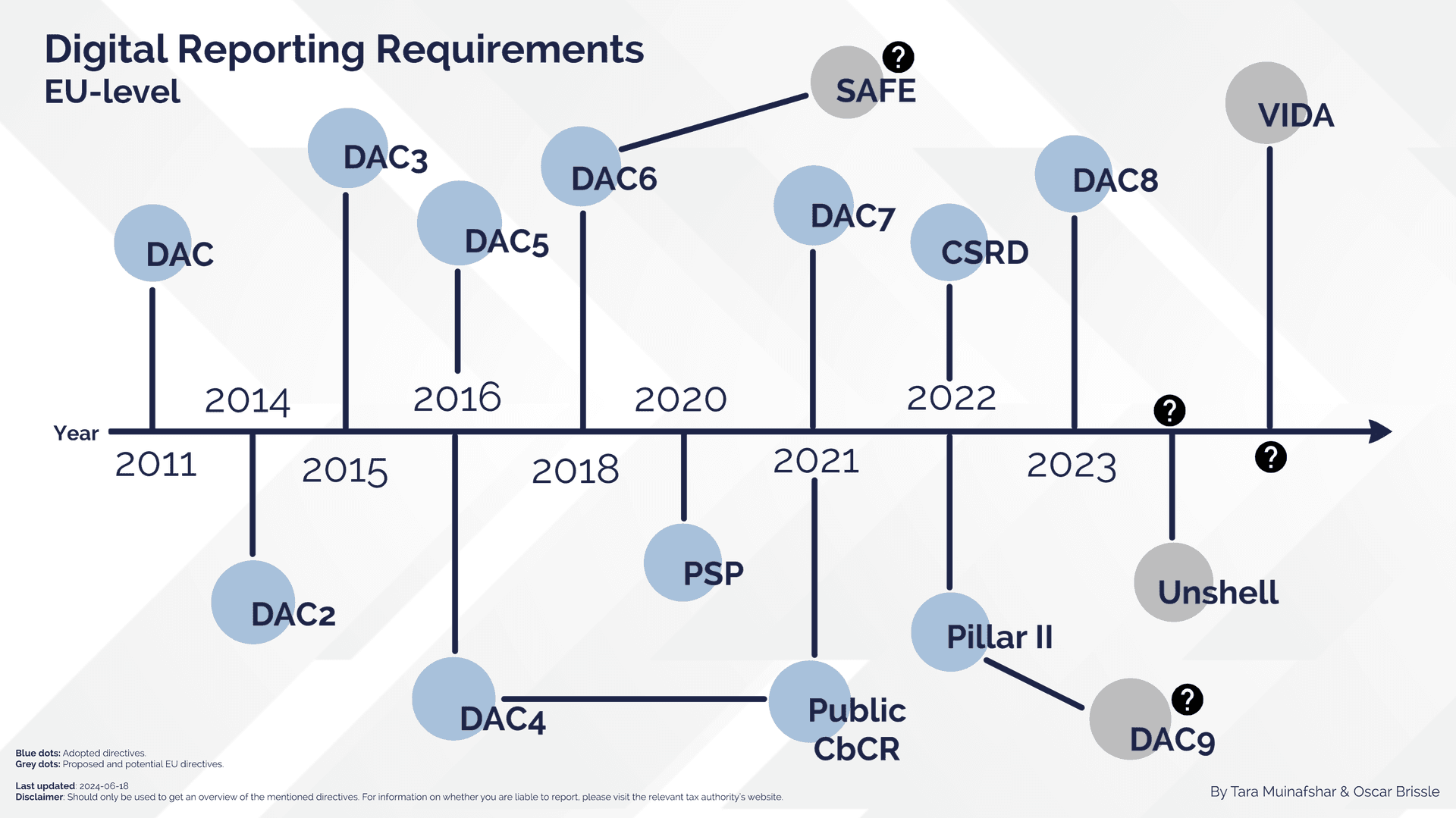
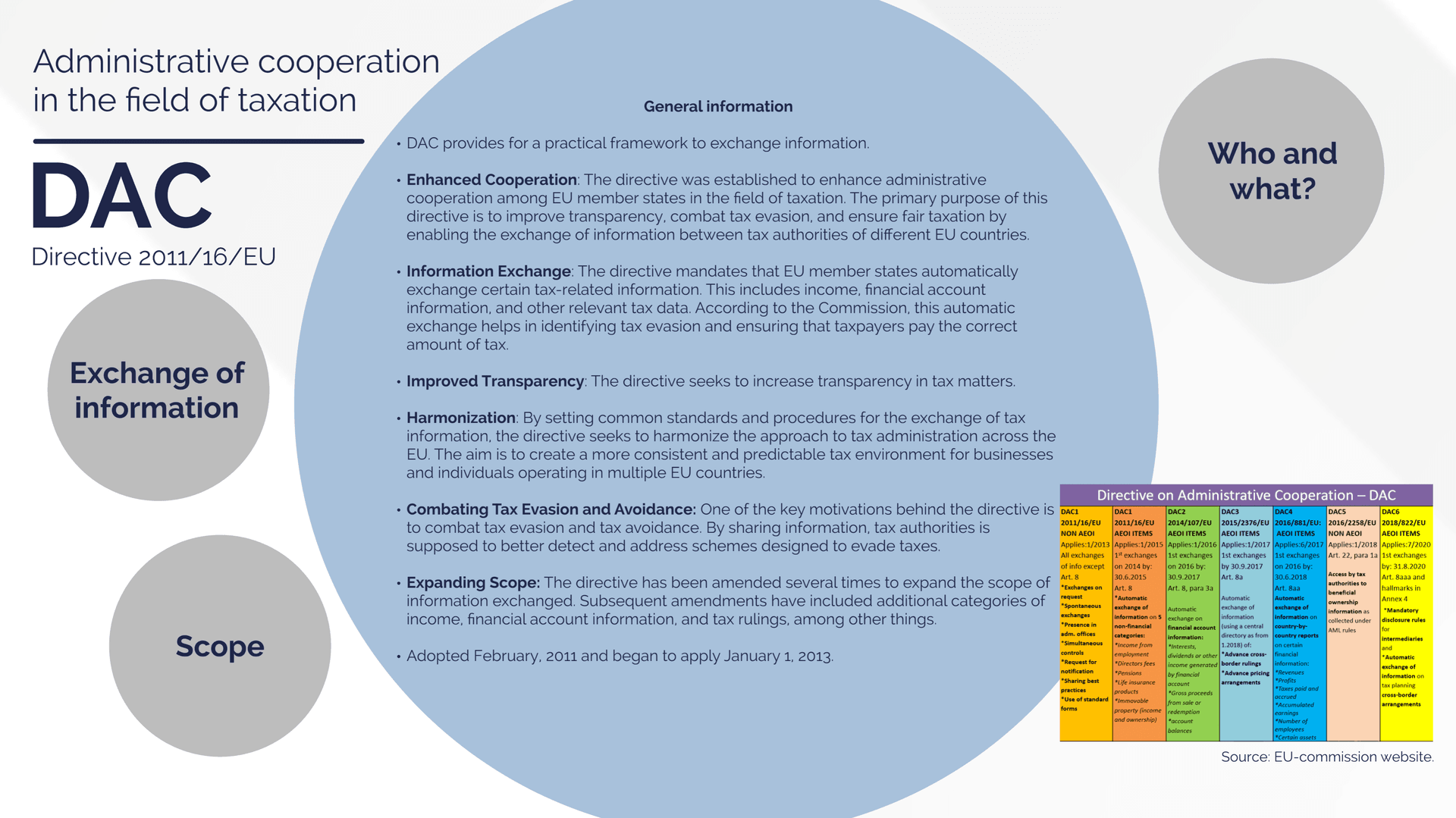
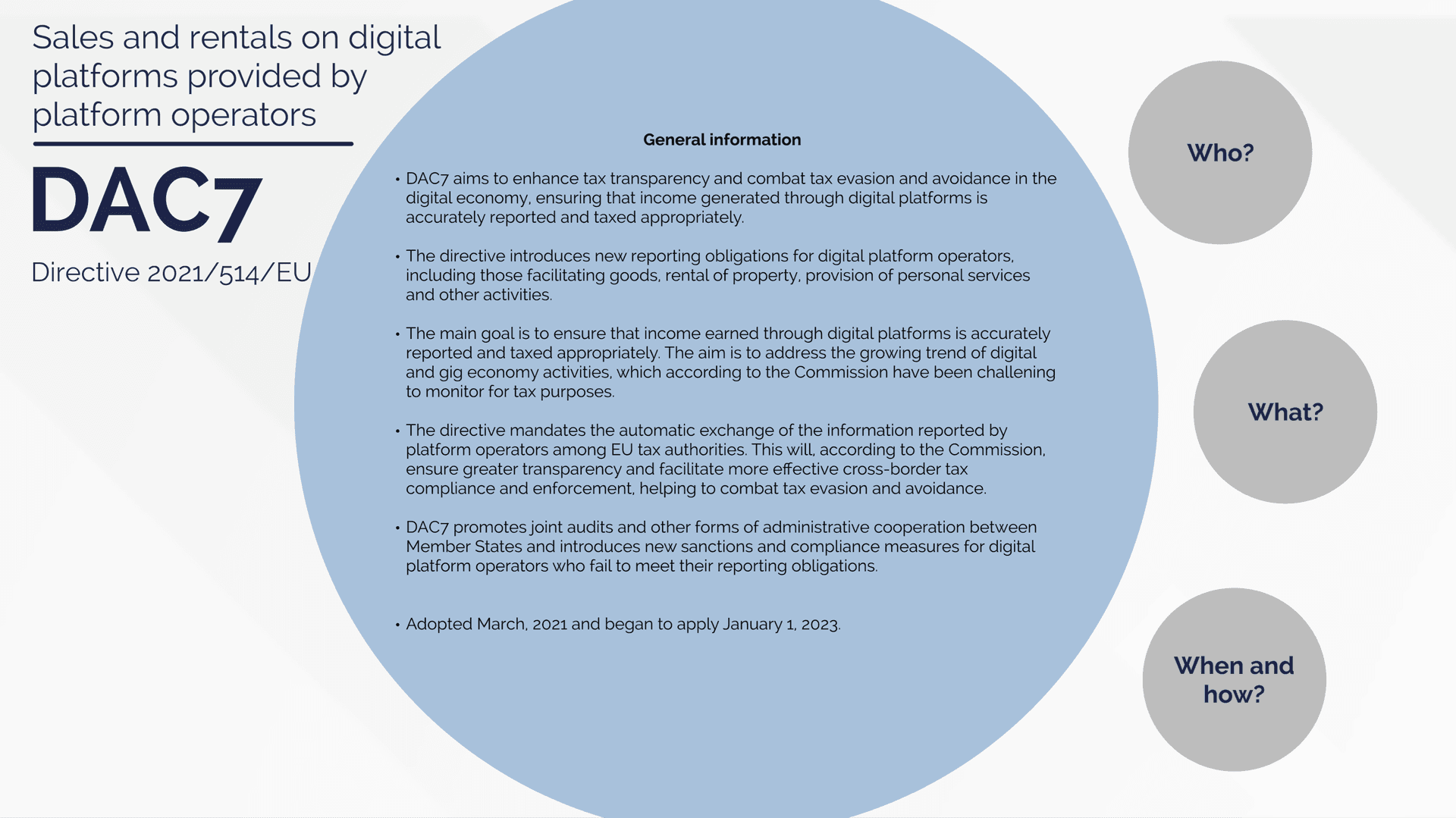
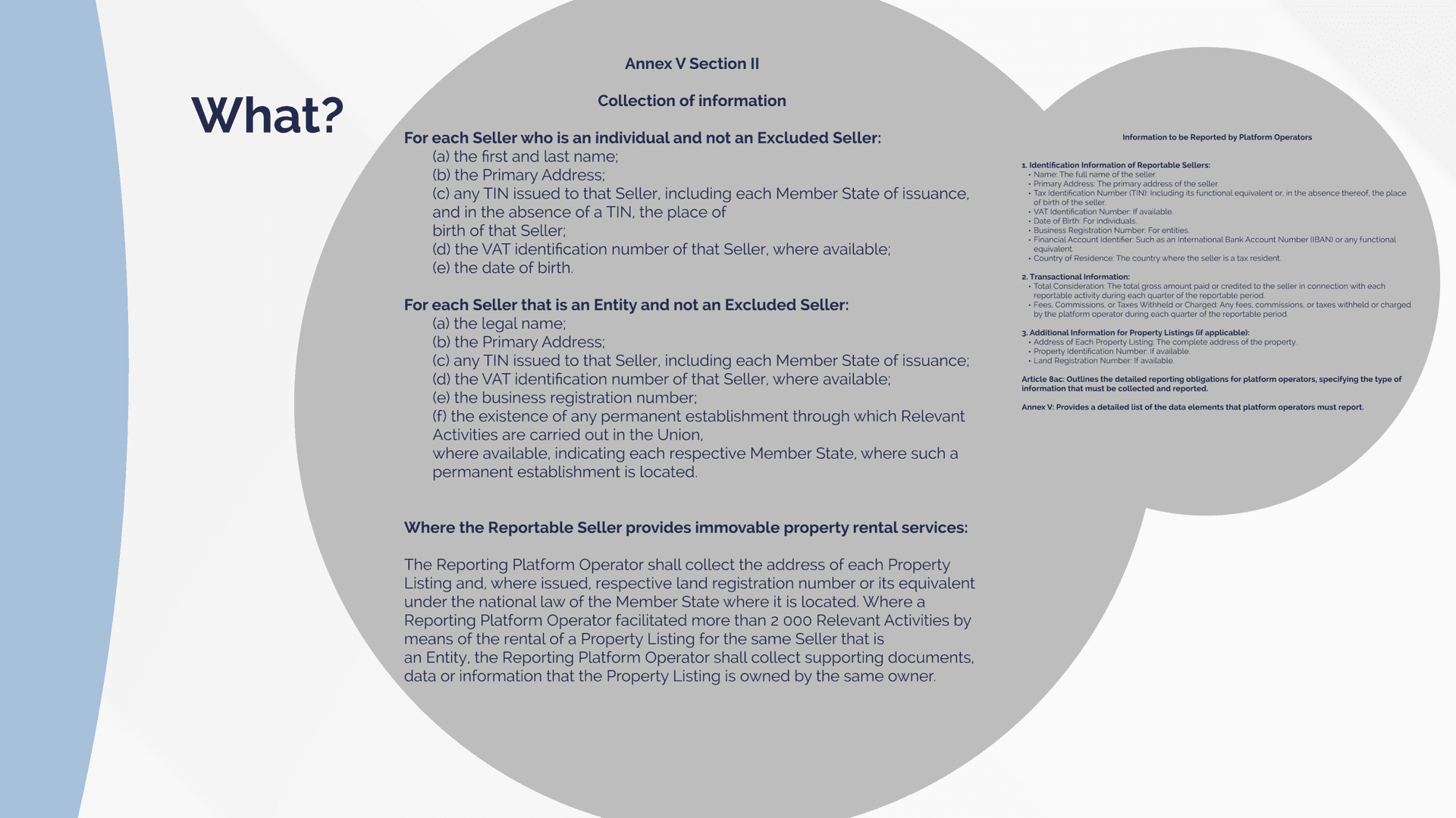
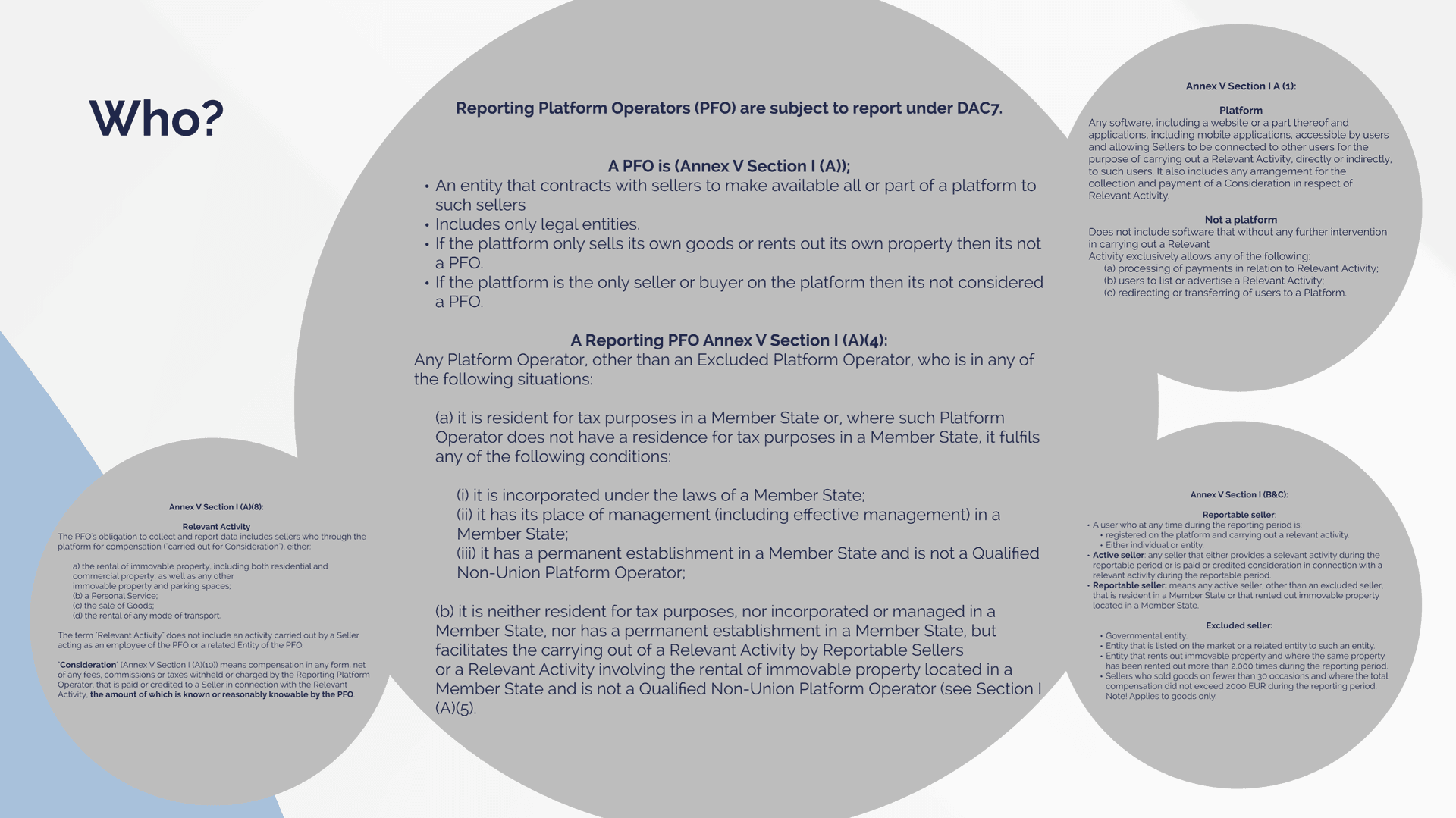
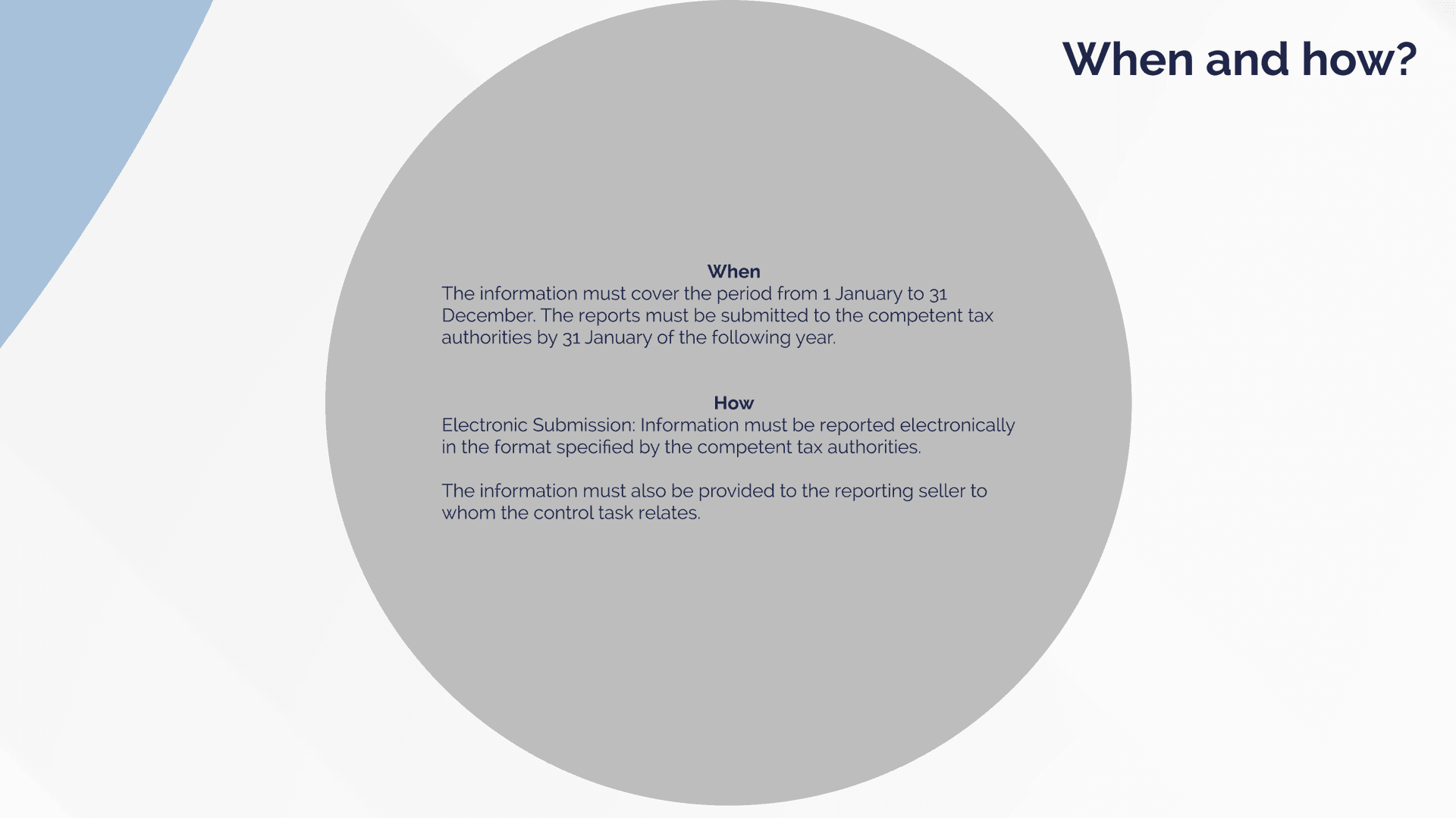
Our analysis focuses on the evolving EU reporting landscape from 2011 to 2024, charting the implementation of 14 significant reporting directives across tax and accounting areas. These directives, while intended to enhance transparency and combat financial misconduct, have been criticized for being too far-reaching and having a negative impact on legal certainty principles.
The principle of proportionality demands that regulations should only impose necessary and proportionate measures, aligning legislative intent with practical outcomes. However, rapid introductions of numerous new reporting requirements have sometimes overlooked these principles, leading to ambiguous frameworks that challenge both businesses and tax authorities.
Moreover, as reporting obligations become increasingly automated and data-intensive, concerns over data security and the objectivity of data analysis becomes even more crucial. The centralization of data in EU databases raises valid concerns about data protection and the reliability of AI-driven analyses, where the ”black box problem” of AI opacity can obscure the fairness and accuracy of outcomes.
Legal Certainty Issues Linked to Increased Reporting
Looking ahead, as the EU Commission explores ways to streamline reporting burdens and enhance efficiency, there is a strong need to prioritize clarity and relevance in regulatory frameworks (it is however unclear how e.g. ViDA will live up to this ambition). In the beginning of May, the EU Commission opened a consultation on the effectiveness of the directive on administrative cooperation in tax matters (DAC). The consultation will run until 30 July and is covering the original text of the DAC and its amendments up to DAC6. A week ago, the EU Commission also published a notice of its intention to evaluate the Anti-Tax Avoidance Directive (“ATAD”). The practical implications of these ”decluttering” measures in the EU Commission’s efforts to reduce reporting burdens for companies however remain somewhat unclear. We believe that the forthcoming work should adopt a decluttering perspective with the aim of removing directives that no longer serve their purpose or have been replaced by similar requirements. For a more detailed discussion, we refer to our attached paper.
In conclusion, while the digitization of tax reporting could facilitate improved transparency and compliance, achieving a balance between regulatory rigor and legal certainty remains paramount. Future discussions must center on refining reporting frameworks to ensure that they do not only serve their intended purpose effectively but also uphold fundamental principles of predictability, proportionality, and objectivity. The focus should be on developing new ways to analyze existing data using new digital tools, rather than additional requests for more information without a clear understanding of its purpose. Understanding the implications of data-driven tax policies will be crucial in shaping a tax environment that is both robust and fair for all stakeholders.
Höjda trösklar för CSRD
EU har nått en politisk överenskommelse om förenklingar för företagen inom ramen för det så kallade Omnibus I-paketet. En central del i överenskommelsen är att kravet på hållbarhetsrapportering enligt CSRD ska begränsas till att omfatta företag/koncerner med fler än 1 000 anställda och minst 450 mil...
Skatteopinionen - nytt poddavsnitt
En majoritet av svenskarna anser att det totala skattetrycket bör minskas. Det visar de opinionsmätningar som regelbundet görs av Svenskt Näringsliv. I ett nytt avsnitt av podden Skattefrågan berättar René Bongard, som ansvarar för opinionsanalyserna, om hur attityden till skattetrycket har förändra...
Något lägre kommunalskatt men långt till ”hälften kvar”
SCB har nu publicerat data över kommunalskatterna år 2026. I 45 kommuner sänks skatten, i 16 höjs den och i resterande 229 är den oförändrad. Det skattebasviktade riksgenomsnittet sjunker marginellt från 32,41 till 32,38.
Strategiska skattereformer brådskar
Det pågår för närvarande intensiva förhandlingar om en ny internationell överenskommelse på skatteområdet. Den kommer försämra konkurrensförutsättningarna för EU:s medlemsländer och därmed även vårt land.
Europeiskt förhandsbesked
I Sverige har möjligheten att få ett bindande förhandsbesked i skattefrågor funnits sedan 1951. Med hänsyn till skattelagstiftningens komplexitet och betydelse för bland annat investeringsbeslut är förhandsbeskeden viktiga för att trygga rättssäkerhet och en snabb och effektiv utveckling av praxis. ...
EFRAG klar med översynen av ESRS
I månadsskiftet överlämnade EFRAG sitt slutliga förslag på reviderade ESRS-standarder till Kommissionen. Översynen av ESRS är en del av Omnibuspaketet och de regelförenklingar som behövs för att minska regelbördan för företagen och därigenom förbättra EU:s konkurrenskraft. EFRAGs förslag innebär att...
